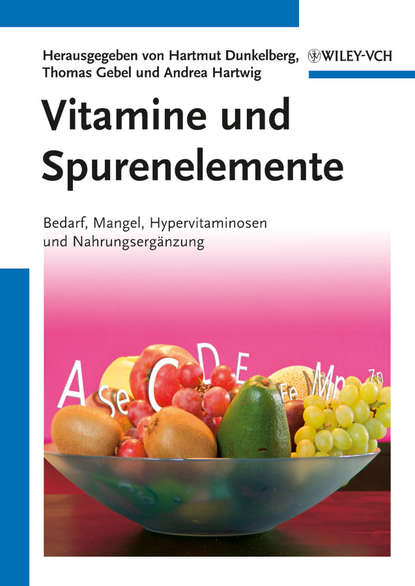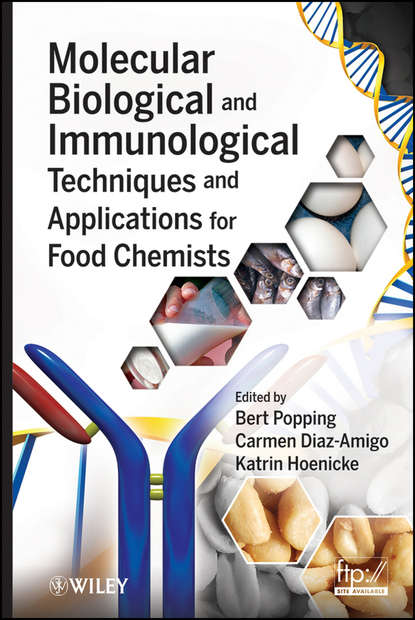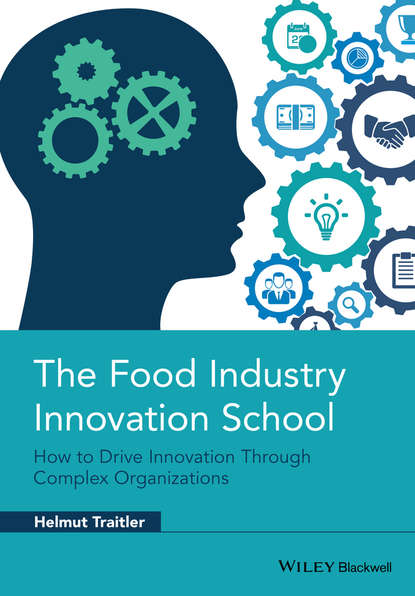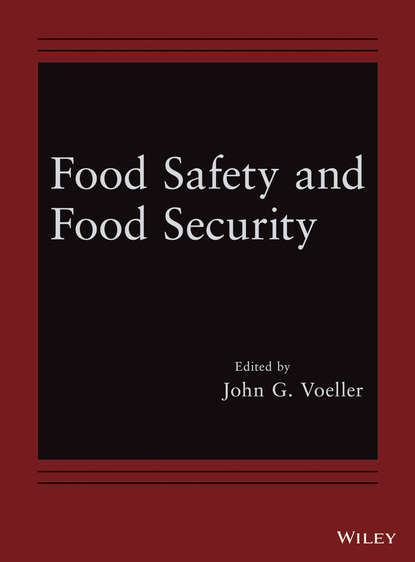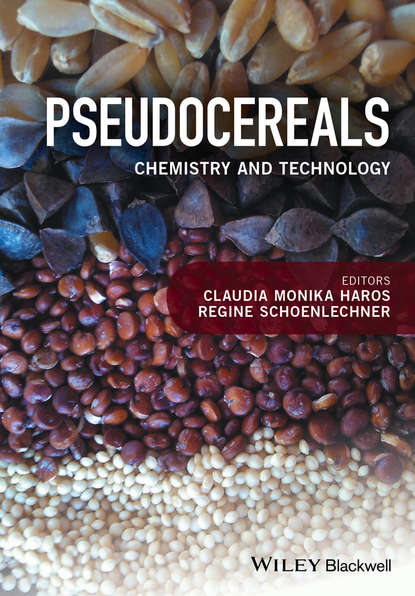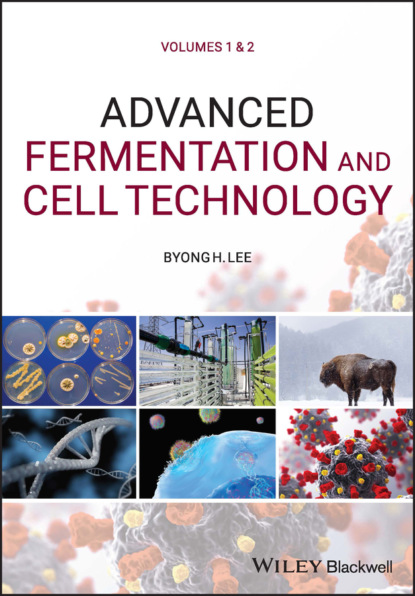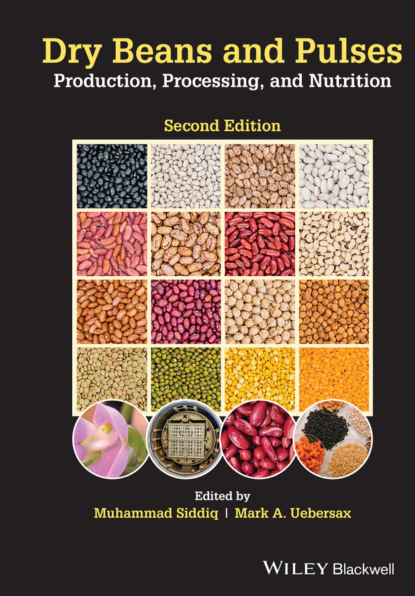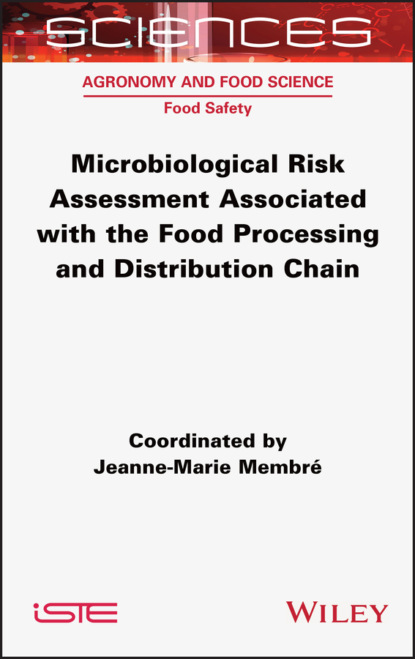Книга "Ультразвук в обработке продуктов питания" состоит из трех частей, каждая из которых посвящена различным аспектам использования ультразвука в пищевой промышленности. Первая часть книги освещает основные принципы генерации и распространения ультразвука, а также явления, связанные с его применением с низкой и высокой интенсивностью. Рассматриваются механизмы, связанные с анализом продуктов питания, контролем процесса и интенсификацией технологических процессов. Вторая часть книги посвящена применению ультразвука с низкой интенсивностью. Рассматриваются методы, основанные на анализе скорости, ослабления или спектра частот, которые могут быть использованы для быстрого, простого и портативного измерения продуктов питания. В разделе представлены новые области применения, которые могут быть рассмотрены как высоко актуальные для будущего применения в пищевой промышленности. Третья часть книги посвящена применению ультразвука с высокой интенсивностью, как способу интенсификации многих технологических процессов. В разделе рассматриваются проблемы, связанные с эффективной генерацией и применением ультразвука, а также влияние ультразвука на основные компоненты продуктов питания, такие как белки, углеводы и липиды. Книга также охватывает различные аспекты, связанные с вызовами, которые стоят перед промышленностью пищевых продуктов при интеграции ультразвуковых устройств в производственные линии. В этом отношении необходимо выявить и рассмотреть основные проблемы, связанные с производством и передачей ультразвука, масштабированием, снижением затрат, экономией энергии и гарантированием производства безопасных, здоровых и продуктов высокой добавленной стоимости.
Эта книга предоставляет обзор основных принципов ультразвука и его применения в пищевой промышленности.
Электронная Книга «Ultrasound in Food Processing» написана автором Группа авторов в году.
Минимальный возраст читателя: 0
Язык: Английский
ISBN: 9781118964170
Описание книги от Группа авторов
Part I: Fundamentals of ultrasound This part will cover the main basic principles of ultrasound generation and propagation and those phenomena related to low and high intensity ultrasound applications. The mechanisms involved in food analysis and process monitoring and in food process intensification will be shown. Part II: Low intensity ultrasound applications Low intensity ultrasound applications have been used for non-destructive food analysis as well as for process monitoring. Ultrasonic techniques, based on velocity, attenuation or frequency spectrum analysis, may be considered as rapid, simple, portable and suitable for on-line measurements. Although industrial applications of low-intensity ultrasound, such as meat carcass evaluation, have been used in the food industry for decades, this section will cover the most novel applications, which could be considered as highly relevant for future application in the food industry. Chapters addressing this issue will be divided into three subsections: (1) food control, (2) process monitoring, (3) new trends. Part III: High intensity ultrasound applications High intensity ultrasound application constitutes a way to intensify many food processes. However, the efficient generation and application of ultrasound is essential to achieving a successful effect. This part of the book will begin with a chapter dealing with the importance of the design of efficient ultrasonic application systems. The medium is essential to achieve efficient transmission, and for that reason the particular challenges of applying ultrasound in different media will be addressed. The next part of this section constitutes an up-to-date vision of the use of high intensity ultrasound in food processes. The chapters will be divided into four sections, according to the medium in which the ultrasound vibration is transmitted from the transducers to the product being treated. Thus, solid, liquid, supercritical and gas media have been used for ultrasound propagation. Previous books addressing ultrasonic applications in food processing have been based on the process itself, so chapters have been divided in mass and heat transport, microbial inactivation, etc. This new book will propose a revolutionary overview of ultrasonic applications based on (in the authors’ opinion) the most relevant factor affecting the efficiency of ultrasound applications: the medium in which ultrasound is propagated. Depending on the medium, ultrasonic phenomena can be completely different, but it also affects the complexity of the ultrasonic generation, propagation and application. In addition, the effect of high intensity ultrasound on major components of food, such as proteins, carbohydrates and lipids will be also covered, since this type of information has not been deeply studied in previous books. Other aspects related to the challenges of food industry to incorporate ultrasound devices will be also considered. This point is also very important since, in the last few years, researchers have made huge efforts to integrate fully automated and efficient ultrasound systems to the food production lines but, in some cases, it was not satisfactory. In this sense, it is necessary to identify and review the main related problems to efficiently produce and transmit ultrasound, scale-up, reduce cost, save energy and guarantee the production of safe, healthy and high added value foods.



